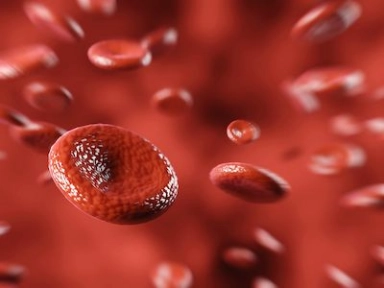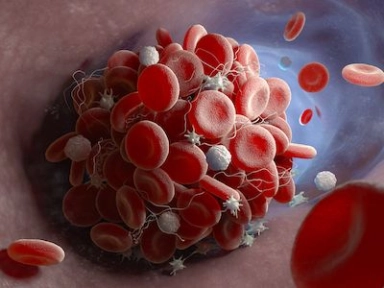{
event: "article_read",
name: `Caprini Score Responses to Prevent VTE in Patients Undergoing Varicose Vein Surgery`,
author: ``,
tags: `Thrombosis | Cardiovascular`,
publication_date: ``,
interaction_type: "content"
}
Caprini Score Responses to Prevent VTE in Patients Undergoing Varicose Vein Surgery
Identifying patterns of Caprini score responses to prevent venous thromboembolism in patients undergoing varicose vein surgery.
Findings from this study revealed specific patterns in the Caprini score (CS) responses of patients undergoing varicose vein surgery, emphasizing the need for an adaptative digital version of CS that could benefit the patients by lowering the risk of Venous Thromboembolism (VTE).
Key Takeaway
- This cross-sectional study, which analyzed CS responses of patients who were undergoing varicose vein surgery identified:
- A specific pattern in the CS responses
- Many of the CS questions were not helpful and might lead to filling errors made by untrained providers
- These findings support the development of an adaptive digital version of the CS questionnaire that minimizes the number of questions addressed to the patient while maintaining the original structure of the CS questionnaire.
Why This Matters
- Venous thromboembolism is a common surgical complication associated with high mortality and morbidity. Many surgeons do not establish a routine for accurately evaluating their patient’s VTE risks.
- Caprini score is an established tool for identifying patients at increased risk of VTE. However, the large number of items covered in the questionnaire increases time to complete and discourage the use of CS.
- This study focused on questions that typically have a negative CS response from patients undergoing varicose vein surgery to identify patterns in their responses and suggest an adaptative digital version of CS without modifying its original structure.
Study Design
- In this prospective, cross-sectional study, 227 patients (>18 years of age; 117 from of the Public Health Care Service and 110 from private clinics) who were candidates for surgical treatment of varicose veins were included.
- Patients who did not permit the use of their responses via digital or physical acceptance of the informed consent form were excluded.
- Patients were interviewed by researchers to determine post-operative deep vein thrombosis (DVT) risk using digital version of CS.
Key Results
- The cohort consisted mostly of women (77%) with age range of 41–60 years (63%) and body mass index (BMI) of 26 kg/m2.
- No statistical difference was reported between patients from the Public Health Care System and those from private clinics.
- Pattern of dichotomous responses was arbitrarily divided into four subgroups based on the percentage of positive responses: none, <3%, between 3% and 20%, and >20%
| Group 1 – Patients with no positive response reported to 11 items |
|
| Group 2 – Patients with positive response reported to 6 items (<3% or >97%) |
|
| Group 3 – Patients with positive response reported to 4 items (>3% or <20%) |
|
| Group 4 – Patients with positive response reported to 4 items (>20%) |
|
- Questions that had the most impact on determining pre-operative DVT risk were age, BMI, procedure size and presence of lower limb edema.
- Of the 12 CS questions related to illnesses in the last month, 10 had no response, while 2 were <3%.
- Finding a positive response to this set of questions was rare (only 11 of 2,724 questions [0.4%] had a positive answer), indicating a potential way for developing an adaptive version.
Limitations
- More research is needed to assess true impact of an adaptable version of CS.
- Only patients with varicose veins were assessed.
For additional details, please refer to the source publication Grill HF, et al.
- Grill HF, Caffaro RA, Grill TA, Júnior VC, Kikuchi R, Ribeiro CM, et al. A prospective study evaluating patterns of responses to the Caprini score to prevent venous thromboembolism after interventional treatment for varicose veins. Clin Appl Thromb Hemost. 2022;28:1–7. doi: 10.1177/10760296221112081. PMID: 35850592.
Related articles
MAT-BH-2201075/v2/JAN 2025

.png/jcr:content/impact-of-anemia%20(2).png)


